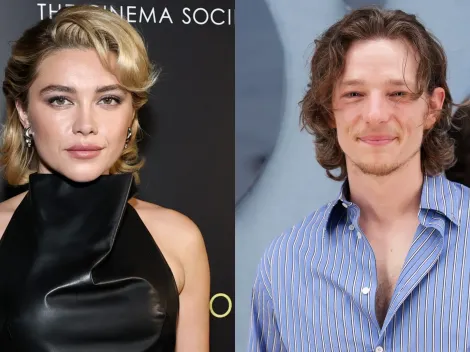Fashion in film has always been more than fabric and silhouette—it’s a language of power, rebellion and reinvention. Long before Miranda Priestly’s piercing stare defined an era, cinema was already turning the runway into a battleground for identity and ambition.
As The Devil Wears Prada 2 prepares to strut back into the spotlight, it’s worth revisiting the films that turned style into storytelling. From the decadent gloss of couture dreams to the raw edge of self-discovery, these 10 movies didn’t just showcase fashion, they redefined what it means to wear it…
Breakfast at Tiffany’s (1961)
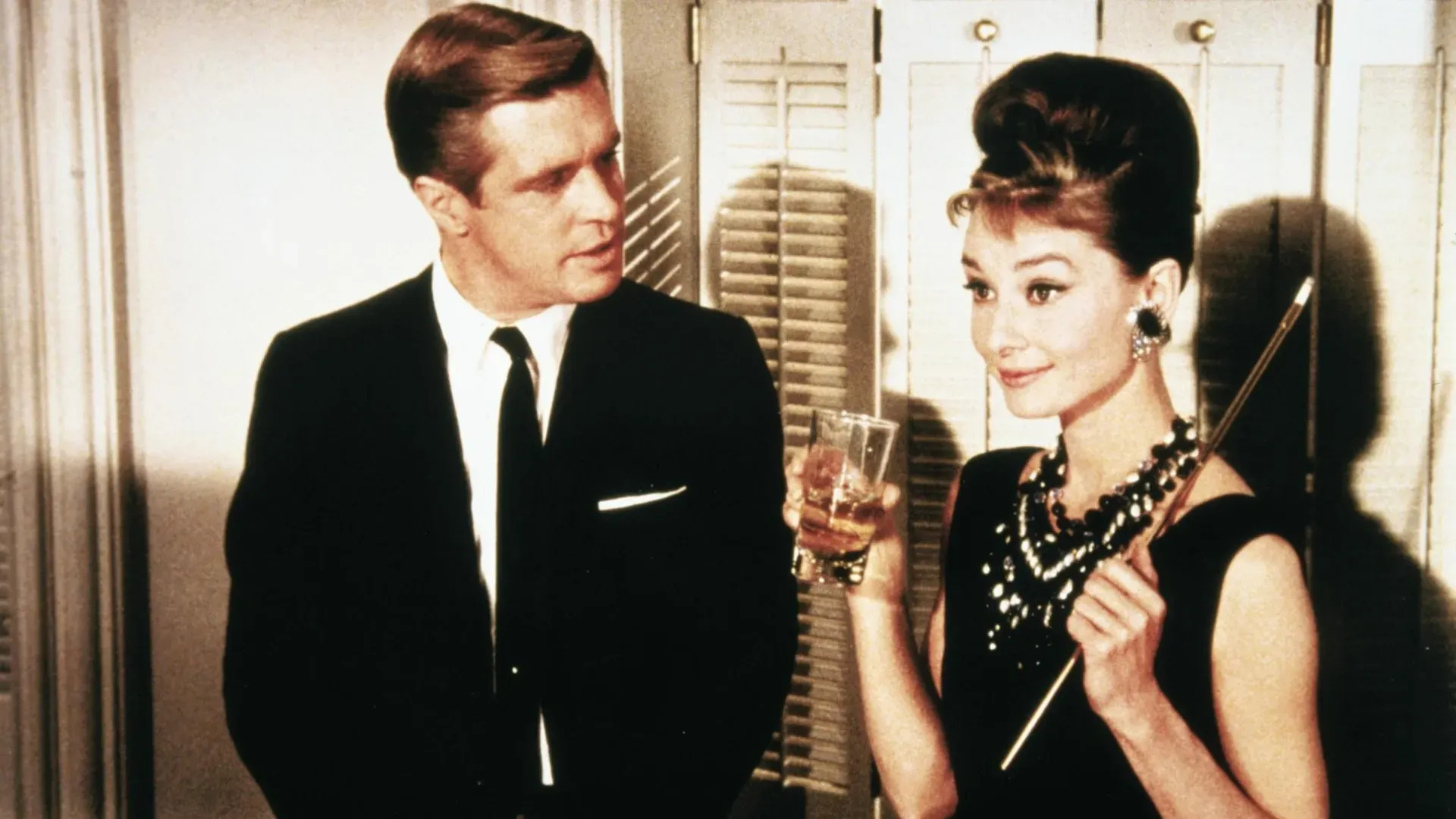
(Source: IMDb)
This film is the unquestioned cornerstone of modern elegance. Audrey Hepburn’s Holly Golightly, with her black Givenchy sheath, pearl necklace, and oversized sunglasses, solidified the Little Black Dress as the uniform of sophistication and mystery.
The look was minimalist yet instantly iconic, moving the style conversation away from the overt glamour of Old Hollywood toward a chic, accessible—yet untouchably glamorous—sense of independence that remains relevant nearly seventy years later.
Funny Face (1957)

(Source: IMDb)
This classic musical is a love letter to the transformation and artistry inherent in the high-fashion photography world, inspired by the legendary Diana Vreeland. Audrey Hepburn plays the intellectual bookstore clerk plucked from obscurity to become a high-fashion model, offering a joyful, romanticized look at the process of creating haute couture and its ability to reinvent an identity.
Mahogany (1975)

(Source: IMDb)
Starring Diana Ross and directed by Berry Gordy, this film takes the audience deep into the journey of Tracy Chambers, a young fashion design student from Chicago who rises to international stardom as a top model and designer in Rome. It is a vital and dramatic exploration of the compromises, triumphs, and the often cutthroat nature of creative ambition within the global fashion scene.
Ready to Wear (1994)

(Source: IMDb)
Robert Altman’s star-studded satire captures the chaos, absurdity, and genius of Paris Fashion Week. Filmed guerrilla-style during actual shows, it offers a sprawling, cynical, and hilarious peek behind the velvet rope, using the industry’s most eccentric figures—models, designers, journalists—to lampoon its pretension and frantic pace.
Clueless (1995)

(Source: IMDb)
While known for its style, this film’s narrative is fundamentally driven by the protagonist’s meticulous use of fashion as a tool for social climbing, self-expression, and, crucially, managing her reputation. Cher Horowitz’s digital closet and her focus on the perfect outfit for every occasion establish fashion as the primary language of teenage social maneuvering.
Phantom Thread (2017)

(Source: IMDb)
This film is a gorgeous, chilling immersion into the world of 1950s English haute couture. Directed by Paul Thomas Anderson, it details the life of Reynolds Woodcock (Daniel Day-Lewis), a fastidious, controlling designer whose artistic demands dictate his life and those around him. It is a profound, if dark, exploration of the creative process, perfectionism, and the complex relationship between the artist and his muse.
Cruella (2021)
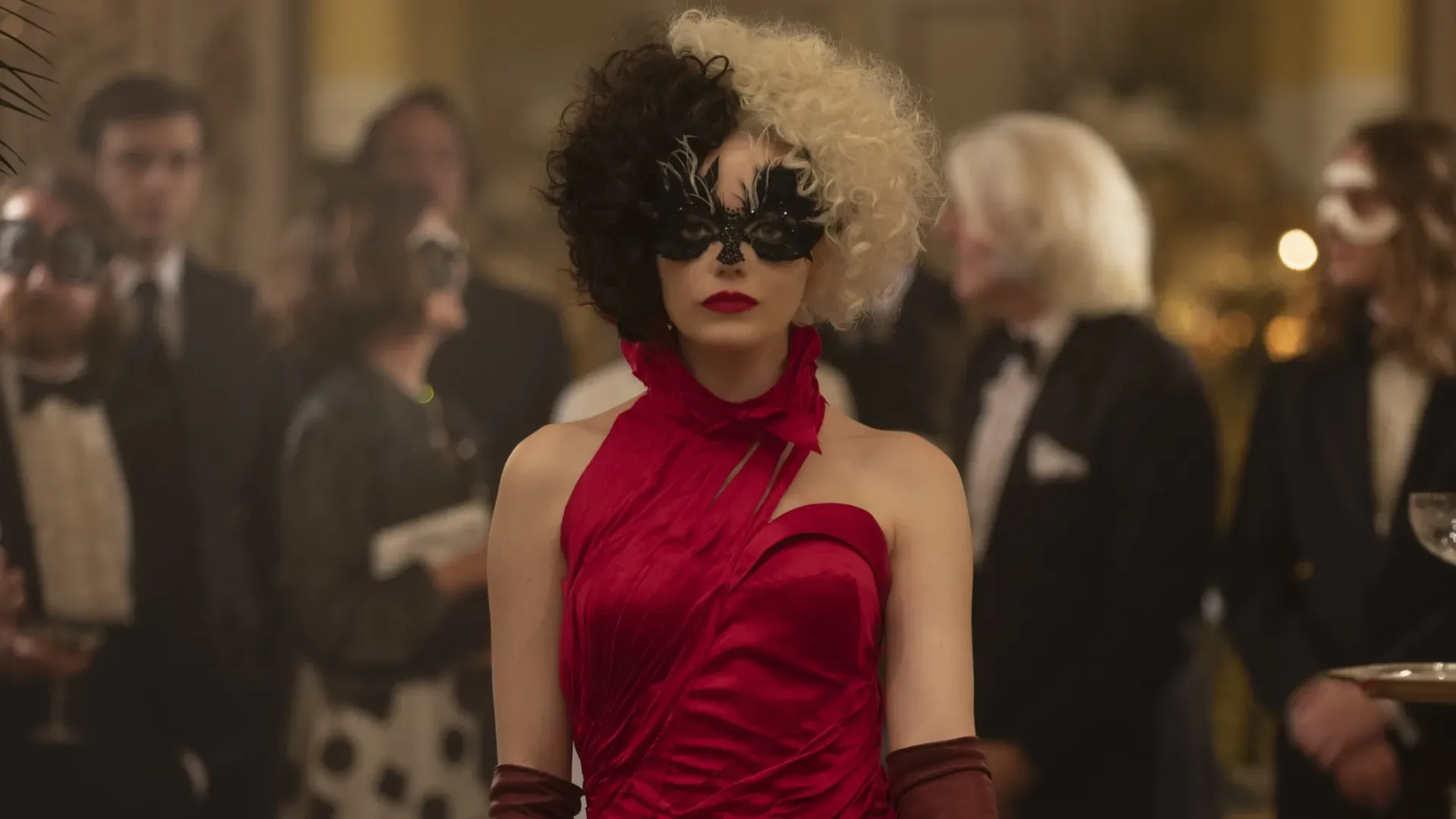
(Source: IMDb)
The film reinvents the iconic villain as a disruptive, anti-establishment fashion designer in 1970s London. The narrative is a stylish, punk-rock battle of wits fought through elaborate, high-concept garments. It focuses on the clash between rebellious new talent and the old guard of the fashion establishment, making costume design the central weapon in the conflict.
Zoolander (2001)
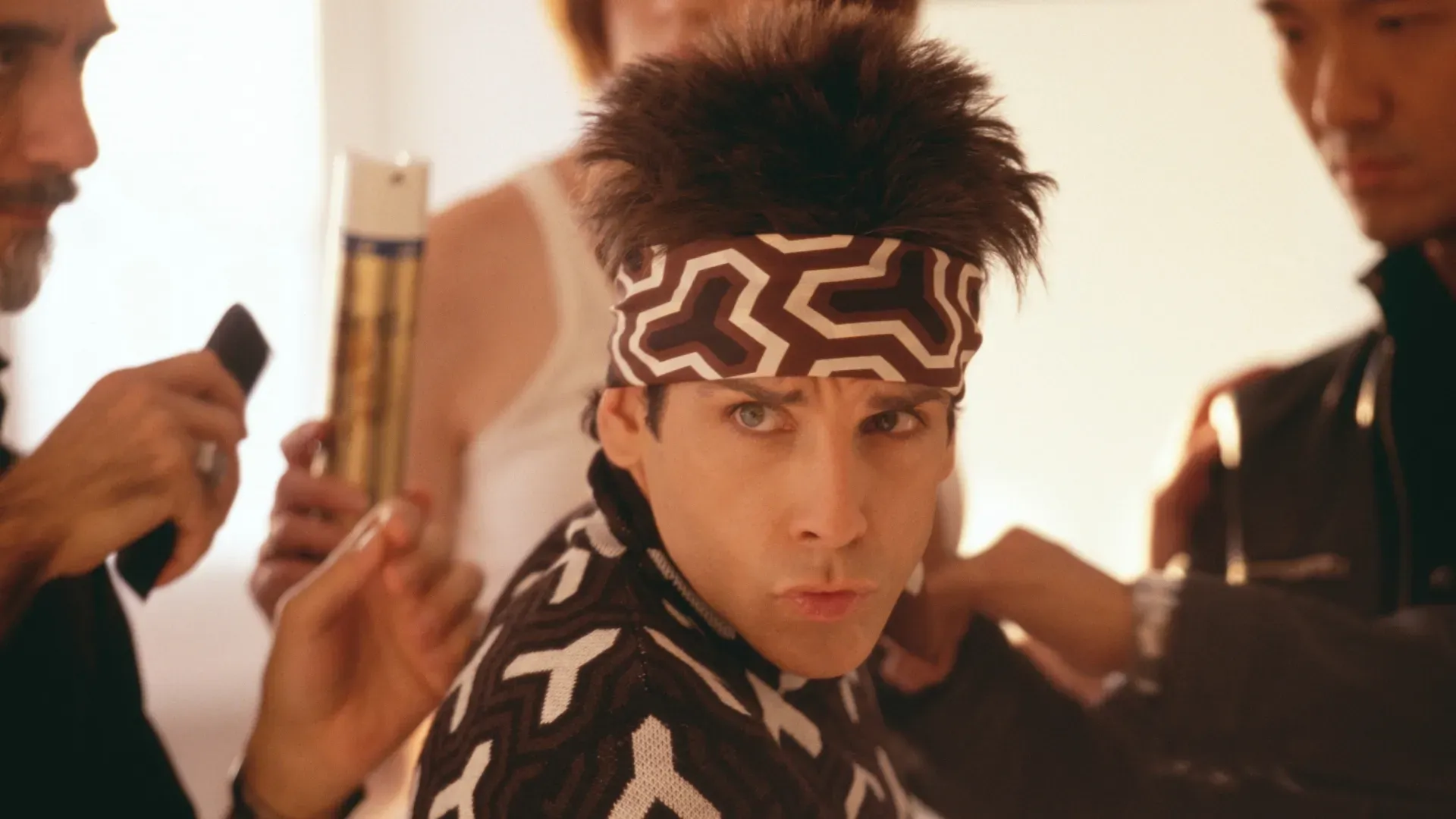
(Source: IMDb)
The quintessential fashion satire. Ben Stiller’s comedic masterpiece targets the industry’s superficiality, obsession with image, and ridiculousness of male modeling. Though played for laughs, it successfully established a visual vocabulary of the high-fashion model stereotype that remains culturally resonant.
The Dressmaker (2015)
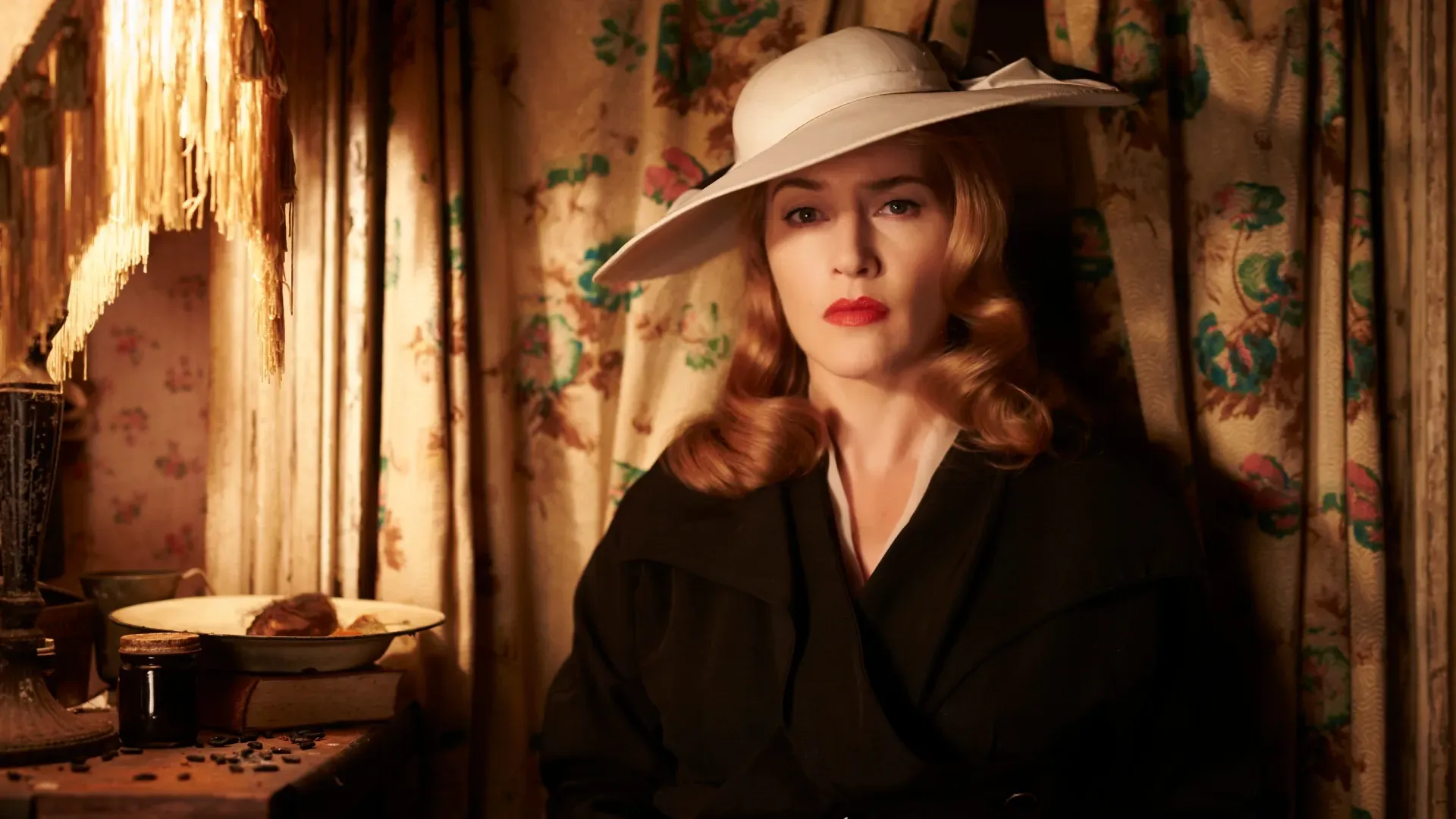
(Source: IMDb)
Set in a dusty Australian town, Kate Winslet plays a glamorous, talented dressmaker who returns to her roots. The film highlights the transformative power of a single, perfectly tailored dress, using haute couture as a vehicle for revenge, social change, and personal rediscovery in a closed community.
Confessions of a Shopaholic (2009)
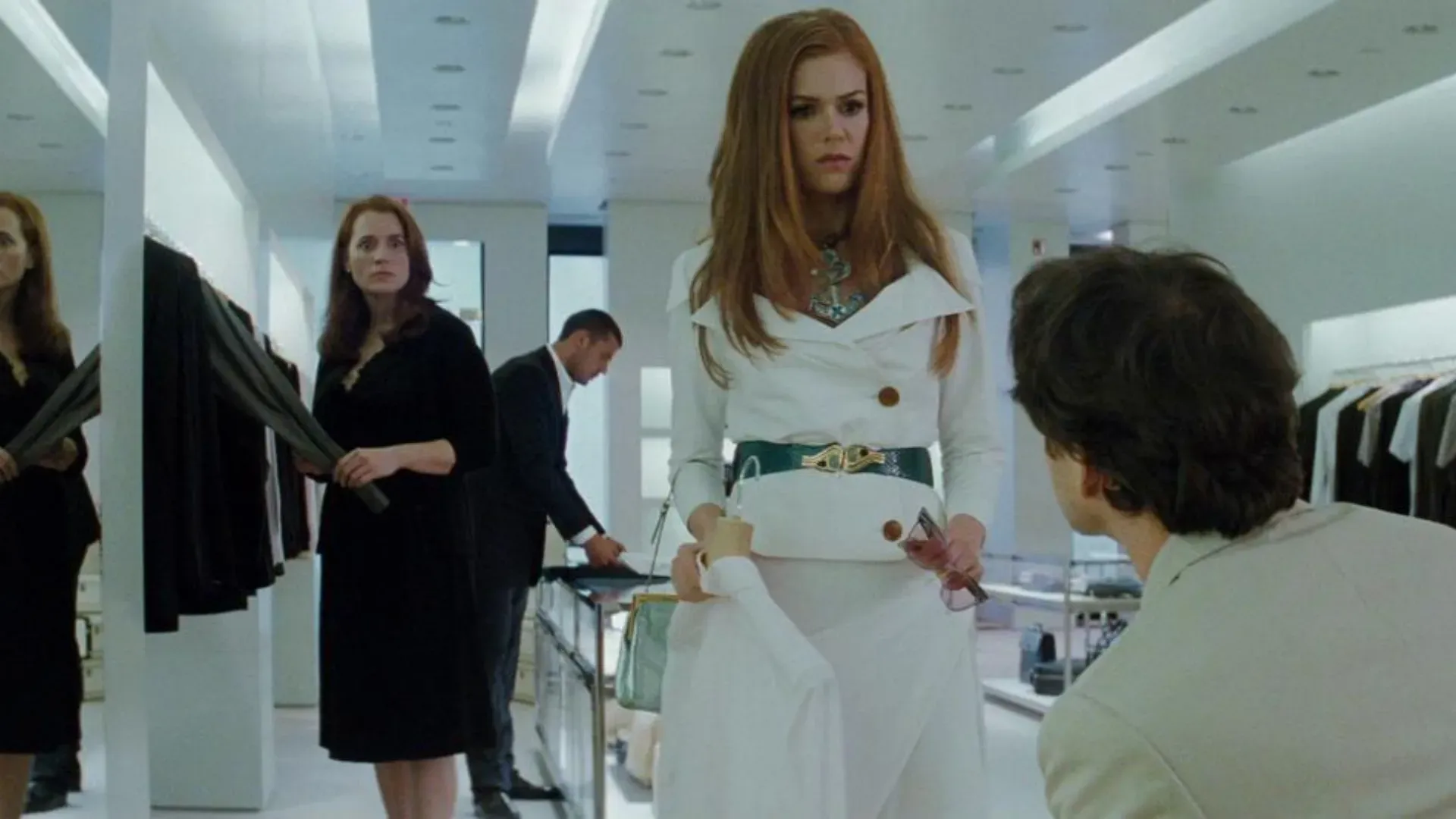
(Source: IMDb)
While lighter in tone, this film explicitly deals with the consumer culture and psychological grip of fashion magazines and luxury goods. The protagonist’s aspirational entry into the world of fashion journalism highlights the industry’s seductive allure and the financial excesses it often encourages.



